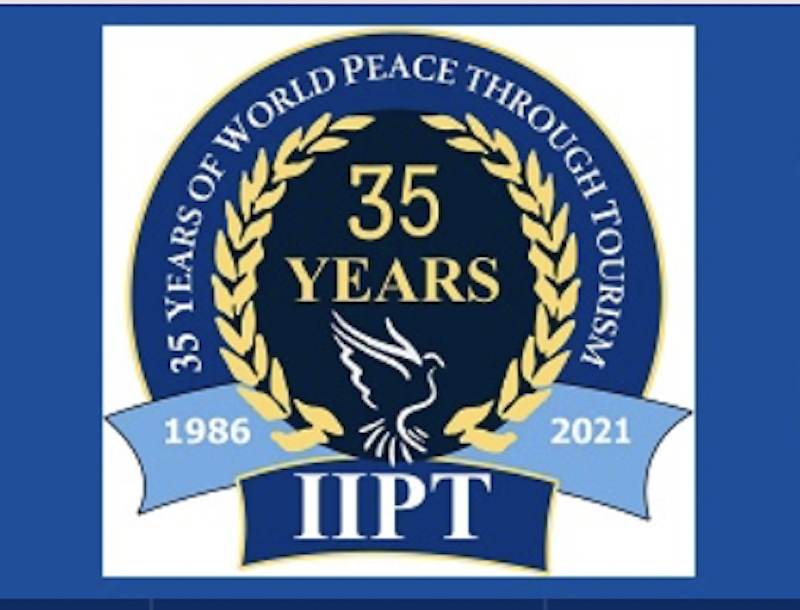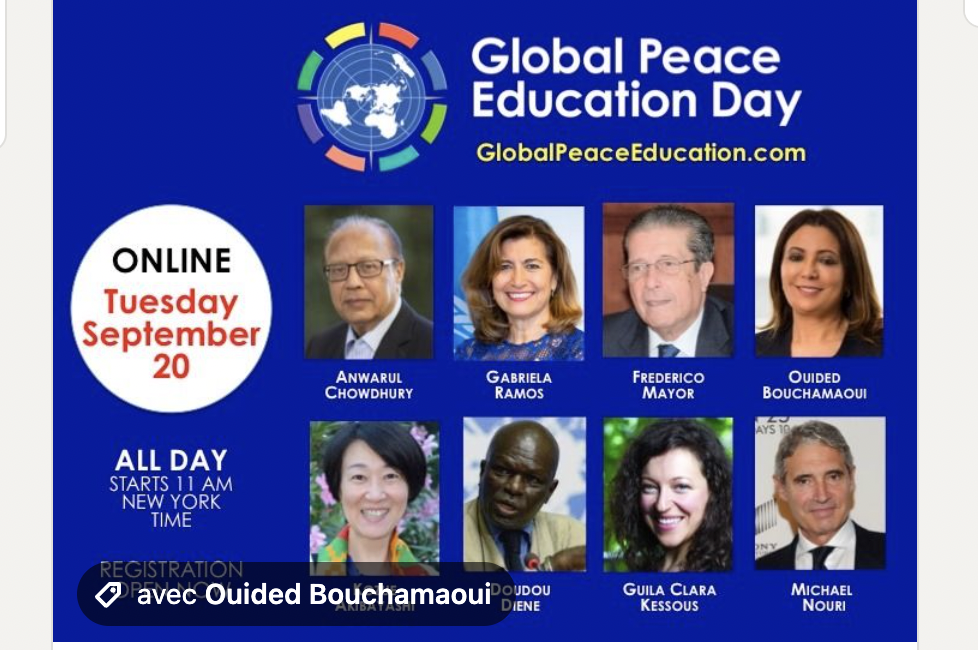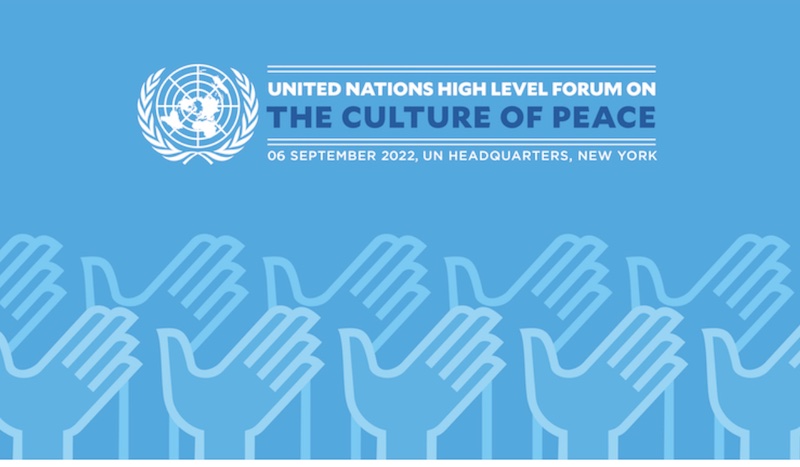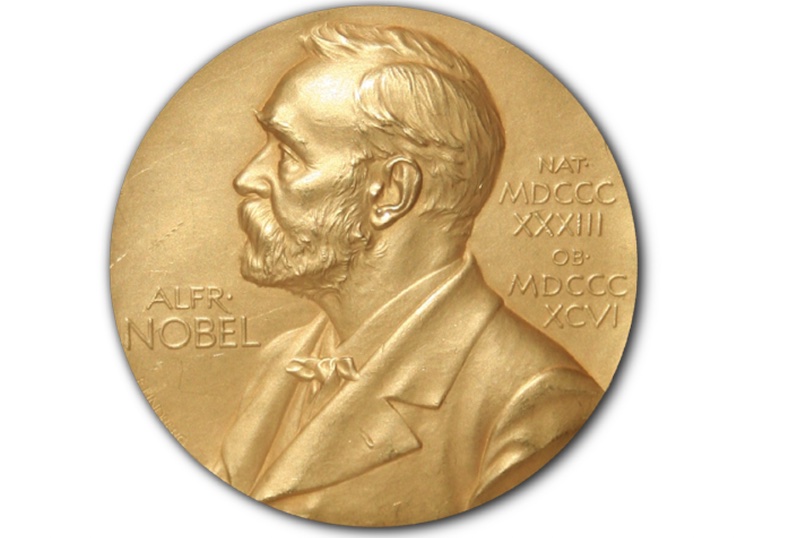FREE FLOW OF INFORMATION .
An article from the International Peace Bureau
Every year the International Peace Bureau (IPB) awards a special prize to a person or organization that has done outstanding work for peace, disarmament and/or human rights. These were the principal concerns of Séan MacBride, the distinguished Irish statesman who was Chairman of IPB from 1968-74 and President from 1974-1985. MacBride began his career as a fighter against British colonial rule, studied law and rose to high office in the independent Irish Republic. He was a winner of the Nobel Peace Prize 1974.
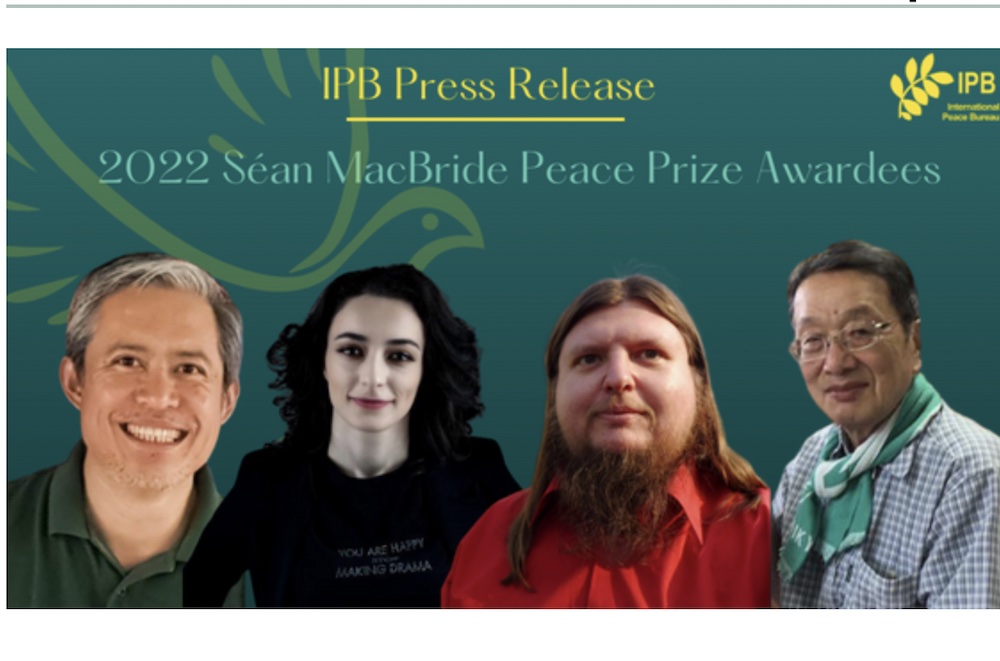
The Prize is a non-monetary one.
This year the IPB Board has chosen the following three winners of the prize:
Alfredo ‘Fred’ Lubang – as part of Non-Violence International Southeast Asia (NISEA), a Philippines based non-governmental organization working towards peacebuilding, disarmament and non-violence as well as regional peace processes. He holds a Master degree in Applied Conflict Transformation Studies and served on various boards of global disarmament campaigns. As the Regional Representative of NISEA and National Coordinator of the Philippine Campaign to Ban Landmines (PCBL), Fred Lubang is a recognized expert on humanitarian disarmament, peace education and decolonialization of humanitarian engagement for almost three decades. His organization NISEA served on the board of the International Campaign to Ban Landmines, the Control Arms Campaign, a member of the International Coalition of Sites of Conscience, a member of the International Network on Explosive Weapons and Stop Killer Robots Campaign as well as a co-convener of the Stop Bombing campaign. Without Fred Lubang’s unflagging work and commitment – especially in the face of ongoing wars – the Philippines would not be the only country that has ratified nearly all humanitarian disarmament treaties today.
(Continued in right column)
Where in the world can we find good leadership today?
How can just one or a few persons contribute to peace and justice?
(Continued from left column)
Eset Maruket Gagieva & Yurii Sheliazhenko – two activists from Russia and Ukraine, whose common goal of a peaceful world seems more important today than ever before. Eset Maruket is an experienced psychologist and activist from Russia, who since 2011 has been active in the fields of human rights, democratic values, peace and non-violence communication aiming at a more peaceful country through cooperation and cultural exchange. She holds a Bachelor degree in Psychology and Philology and is presently working as Coordinator/Project Manager in several women’s empowerment projects. In line with her voluntary positions, Eset has been constantly working towards a safer country for women and other vulnerable society groups. Yurii Sheliazhenko is a male activist from Ukraine, who has worked towards peace, disarmament and human rights for many years and is currently serving as the Executive Secretary of the Ukrainian Pacifist Movement. He is a member of the Board of the European Bureau for Conscientious Objection as well as World BEYOND War and a lecturer and research associate at the Faculty of Law and KROK University in Kyiv. Beyond that, Yurii Sheliazhenko is a journalist and blogger persistently defending human rights. Both Asya Gagieva and Yurii Sheliazhenko have raised their voices against the ongoing war in Ukraine – including in the IPB Webinar series “Peace Voices for Ukraine and Russia” – showing us what commitment and bravery looks like in the face of unjust war.
Hiroshi Takakusaki – for his lifelong dedication to a just peace, the abolition of nuclear weapons and social justice. Hiroshi Takakusaki started his career by serving as a student and international youth movement leader and soon became involved in the Japan Council against Atomic and Hydrogen Bombs (Gensuikyo). Working in several positions for Gensuikyo, he provided the vision, strategic thinking and dedication that fuelled Japan’s nationwide nuclear abolition movement, the international campaign for the abolition of nuclear weapons, and Gensuikyo’s yearly World Conference. Regarding the latter, he played a leading role in bringing high-ranking United Nations officials, ambassadors and leading figures from the field of disarmament to participate in the conference. Apart from this, Hiroshi Takakusaki’s care and unstinting support for the Hibakusha as well as his ability to build unity within the social movement demonstrate his subtlety and leadership qualities. After four decades in service to the disarmament and social movements, he is presently the Representative Director of the Japan Council against Atomic and Hydrogen Bombs.
